 Weird Stuff
Weird Stuff  Weird Stuff
Weird Stuff  Mysteries
Mysteries 10 Tragic Disappearances and Deaths in Joshua Tree National Park
 History
History 10 Ways Childhood Really Sucked in the Old West
 Music
Music 10 Name Origins of Famous Bands from the 1990s
 Religion
Religion 10 Biggest Turnarounds by the Catholic Church
 Weird Stuff
Weird Stuff 10 Unbelievable Times Laws Had Unintended Consequences
 Humans
Humans Ten Historic Women Who Deserve Way More Credit Than They Got
 Movies and TV
Movies and TV 10 Films That Spawned Major Lawsuits
 History
History Ten Times Towns Were Wiped Off the Face of the Earth
 Creepy
Creepy 10 of the Most Disturbingly Haunted Public Houses in the UK
 Weird Stuff
Weird Stuff 10 Niche Subcultures That Are More Popular Than You Might Think
 Mysteries
Mysteries 10 Tragic Disappearances and Deaths in Joshua Tree National Park
 History
History 10 Ways Childhood Really Sucked in the Old West
Who's Behind Listverse?

Jamie Frater
Head Editor
Jamie founded Listverse due to an insatiable desire to share fascinating, obscure, and bizarre facts. He has been a guest speaker on numerous national radio and television stations and is a five time published author.
More About Us Music
Music 10 Name Origins of Famous Bands from the 1990s
 Religion
Religion 10 Biggest Turnarounds by the Catholic Church
 Weird Stuff
Weird Stuff 10 Unbelievable Times Laws Had Unintended Consequences
 Humans
Humans Ten Historic Women Who Deserve Way More Credit Than They Got
 Movies and TV
Movies and TV 10 Films That Spawned Major Lawsuits
 History
History Ten Times Towns Were Wiped Off the Face of the Earth
 Creepy
Creepy 10 of the Most Disturbingly Haunted Public Houses in the UK
Top 10 Scary Facts And Stories About Marijuana
Weed remains a firm favorite of recreational smokers. Not considered as damaging as drugs whipped up in a seedy laboratory, marijuana hides behind a “natural” look. However, this leafy habit can induce some hair-raising side effects.
From heart attacks and shrinking brains to first psychotic episodes and the loss of happiness, pot may not be the safe herb that many believe it to be. Marijuana is also behind several medical mysteries and, ironically, could be the answer to another rampant—and more deadly—drug crisis.
10 The Heart Attack Lollipop
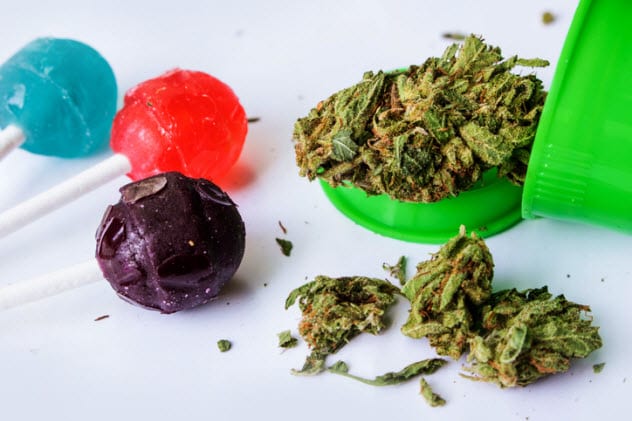
In 2019, a medical report revealed how dangerous weed lollipops could be. The patient involved was an elderly man, aged 70, who had smoked a little marijuana in his youth. Seeking comfort from his insomnia and osteoarthritis, he decided to try edible marijuana. In this case, a lollipop.
As cute as the treat sounds, there is a huge difference between the normal kind and the THC-containing kind. The patient’s lollipop packed a staggering 90 milligrams of THC, more than 12 times the amount in a joint.[1]
Instead of bringing sweet dreams, the active ingredient triggered terrifying hallucinations. The man had a history of heart disease, and the experience blended stress hormones, a heightened pulse, blood pressure, and anxiety, which led to a heart attack.
The lollipop was designed for multiple servings. Lick. Get high. Put it away for another time. Repeat until the psychoactive snack is done. Eating it in a single sitting was not a good idea, but at least the man survived.
9 The Sperm Question

The weed debate is alive and well in the men’s health department. Mainly, one question is difficult to settle: Does smoking marijuana boost or lower sperm count?
In 2015, a Denmark study found that enjoying a buzz more than once a week dropped the count by 30 percent. A more recent study used volunteers from a Massachusetts hospital. Around 665 men received fertility evaluations from 2000 to 2017. Part of this required answering a questionnaire.
One section was all about drugs and drinks. Only around 55 percent admitted to going the green route in their lifetimes, while 11 percent ticked the box “currently smoking.” Surprisingly, their semen samples produced higher counts than men who said they never touched the drug. For every year the men also did not pick up a joint, their sperm count saw a slight increase.[2]
The debate is far from over because the studies’ results are so mercurial. However, for now, it appears that low usage might boost sperm numbers—might—and heavy use causes lower production.
8 Lower Pain Tolerance

In Colorado, doctors noticed that some trauma patients needed a higher dose of painkillers. Closer inspection revealed that many were regular marijuana users. This was unusual. In the past, the drug was also a remedy for pain.
To discover what was going on, researchers analyzed trauma cases from Colorado and Texas. They involved 260 individuals, all victims of serious car accidents in 2016. Around 54 patients had a recent encounter with weed, and 16 admitted to daily use. Illegal street drugs, including cocaine and amphetamines, also turned up in 9 percent.[3]
People who were drug free managed on a daily dose of 5.6 milligrams of opioid medications. Those who only used weed needed 7.6 milligrams to numb pain. Another Colorado study considered how well burn patients handled pain. The findings were similar—heavy weed smokers needed substantially more opioids than non-using patients.
The implications could mean longer recovery and hospital stays as well as special narcotic treatments for marijuana users.
7 It Weakens Muscle Control
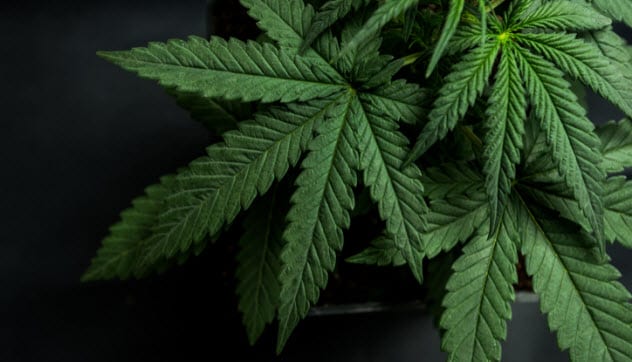
Most “green” studies focus on the drug’s psychotropic effects, including altered emotions and hallucinations. In 2015, Spanish researchers wondered about another side effect—impaired motor skills. Some people struggle to swallow, breathe, or speak properly.
To find out why, the team turned to mice and synthetic marijuana compounds. The idea was to see how the psychoactive compounds influenced nerve cells called motor neurons, which are then responsible for muscle movement.
The nerve cells that posed an interest in this particular study resided in the tongue. These motor neurons order muscle contraction during speech, swallowing, and breathing. Tests on the mice showed that the psychoactive ingredients interfered with communication between neurons, making them less active. This resulted in muscle weakness.[4]
Ironically, the Spanish researchers believe it could explain why patients with neurodegenerative disease (like multiple sclerosis) report relief during marijuana use. Although the reason is not entirely clear, it could have something to do with the reduced activity of the neurons.
6 Teenagers And Depression
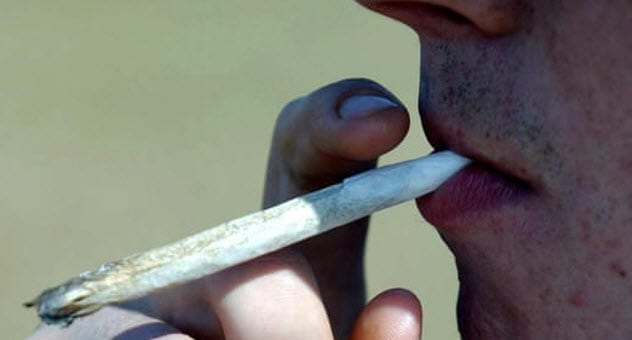
If it may be said, the good news is that smoking weed as a teenager cannot, as a rule, induce depression. That persistent darkness comes later. An international survey gathered data on depressed adults in the United Kingdom and the United States. It was a blanket review of 11 other studies that followed thousands of adolescents (who used cannabis) into adulthood.
When compared with non-users, they showed increased suicide attempts, anxiety, and clinical depression. After crunching the numbers, the statistics showed the tragic echo of weed in later life. Researchers identified over 460,000 adults who might have avoided depression had they never smoked as kids.
The main reason why adolescents are so vulnerable is the fact that their brains are still developing. A lot of receptors grow during this time and are sensitive to change. The actual depression could grow from the receptors that normally produce the feel-good juice serotonin but instead hold onto the psychoactive ingredient THC.[5]
5 It Shrinks The Brain
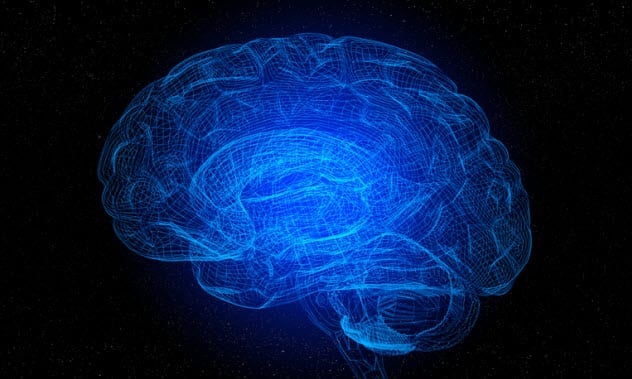
In 2014, researchers in Texas rustled up 48 people with munchies. These adults were in a special study to see what could be gleaned from long-term users. Each had a chronic history with weed and had used it at least three times a day for a decade. The volunteers performed cognitive challenges while having their brains scanned. The results were not promising.
On average, the tests showed a lower IQ than non-users. A part of the brain had also shrunk. Called the orbitofrontal cortex (OFC), this region regulates decision-making, increased neural connectivity, and addiction. This is also the center that makes rewards feel so good.
Since it is nature’s way to motivate people to discover what sustains them, a loss in OFC volume might not be the best thing. Remarkably, the study found that the brain attempted to compensate by increasing the connections between other regions. The brain’s structural integrity also improves. However, after about six years of marijuana use, this special connectivity declines again.[6]
4 Fading Effect Bias

The human mind has a fascinating mechanism called the “fading effect bias.” Researchers liken it to an emotional immune system. It fades feelings linked to memories but erases the negative faster than the good ones. The purpose could be to boost mental health. If humans held onto every bad emotion, the burden would become too overwhelming.
In 2018, a study found something disturbing. Heavy marijuana use seemed to block the bias. As a result, volunteers who picked up pot at least four times a week held onto more negative vibes surrounding their memories. They also described their happy memories in general terms rather than as a specific event—for example, as a holiday rather than snorkeling in Hawaii.
Interestingly, both traits are also seen in people who suffer from depression. As with many marijuana studies, finding a definite answer can be tricky. The study identified a link between the drug and depression and found that it made a happy bias a bit wobbly. How this works step-by-step remains unknown.[7]
3 Mysterious Syndrome
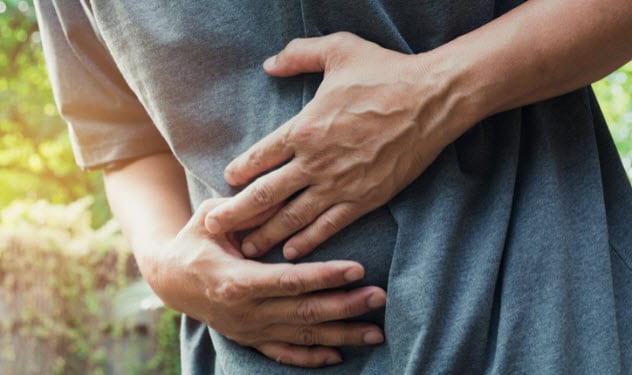
Violent nausea and upset stomach. Vertigo. Severe stomach cramps. Symptoms that only go away with a hot shower or bath. This mysterious illness was not officially linked to cannabis until 2004 when it was named cannabinoid hyperemesis syndrome (CHS).
The condition remains poorly understood, mainly because so many users do not connect their symptoms with weed. Even medical professionals cannot always recognize the condition, and it remains unclear what compounds in marijuana might be causing the syndrome.[8]
However, in 2018, a large survey determined that long-term use was a trigger. The most surprising finding was how common CHS really was. Contrary to previous beliefs that the condition was rare, new estimates point to two million cases in the United States alone.
There is no known cure other than waving goodbye to the drug. CHS completely disappears once a person stops their green habit, but it returns again with renewed use.
2 The Psychosis Link

Pot has a dark side. Growing evidence shows that the drug is connected to people experiencing psychosis for the first time. Psychotic conditions are characterized by the inability to separate reality from delusion. This includes hearing and seeing things that are not real.
Heavy marijuana users are four times more at risk of developing schizophrenia, a disorder that affects mental clarity. Average users also face twice the chance of getting a psychotic disorder than somebody who never smoked.
The main link between psychosis and weed is the plant’s “high” chemical, tetrahydrocannabinol (THC). Researchers believe this occurs because THC mimics psychotic symptoms, which could open the door to the real monsters.
When THC was tested on healthy individuals, they displayed psychotic traits. Meanwhile, patients with schizophrenia developed more severe symptoms. Additional factors make users a high-risk population for psychosis—certain genes, the strength of the weed strain, the use of synthetic cannabinoids, a paranoid personality, childhood trauma, and the start of smoking as teenagers.[9]
1 The Opioid Solution
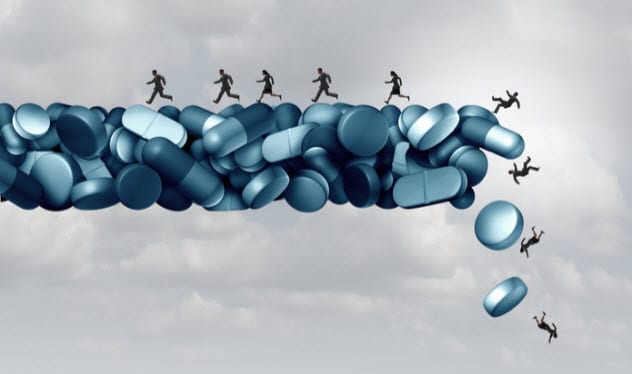
In the United States, over 130 people die every day from an opioid overdose. Opioids hide in painkillers, heroin, and a synthetic version called fentanyl. Related misuse, criminal activity, and medical care put an annual burden of $78.5 billion on the US government.
In 2018, two studies provided evidence that legal marijuana was behind a dramatic drop in opioid abuse and prescriptions. States that legalized recreational cannabis, as opposed to medical-only marijuana laws, saw the greatest decline in opioids. The two studies drove home what was already known in 2014 when researchers reported a 25 percent lower overdose rate in states with medical weed.
Those fighting opioids from a scientific and medical point of view hope to one day implement more marijuana dispensaries. Not all lawmakers are peachy with the idea. Weed is not perfect. But at the end of the day, it might be the best alternative in a crisis with few to no other options.[10]
Read more stinky facts and myths about marijuana on 10 Stinky Facts About Marijuana and Top 10 Common Myths About Cannabis.








